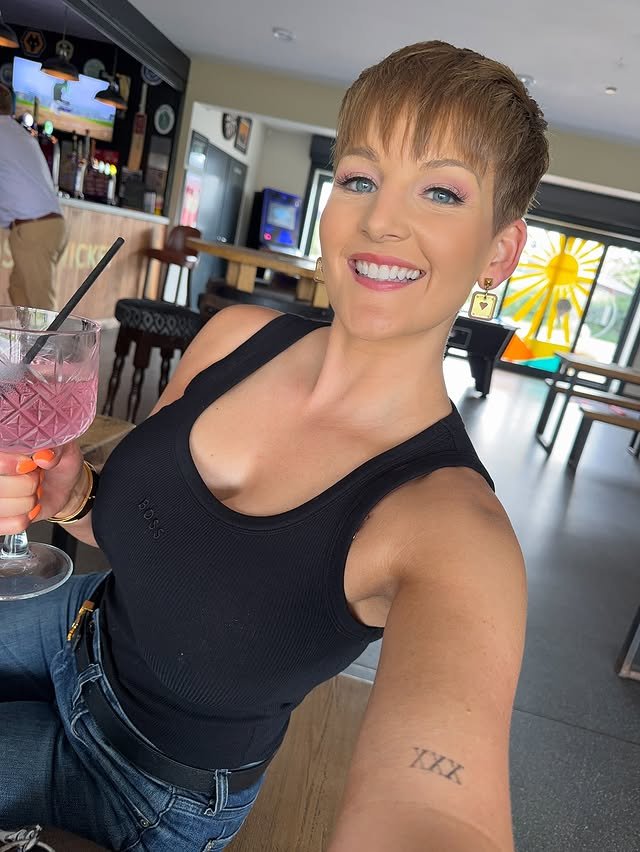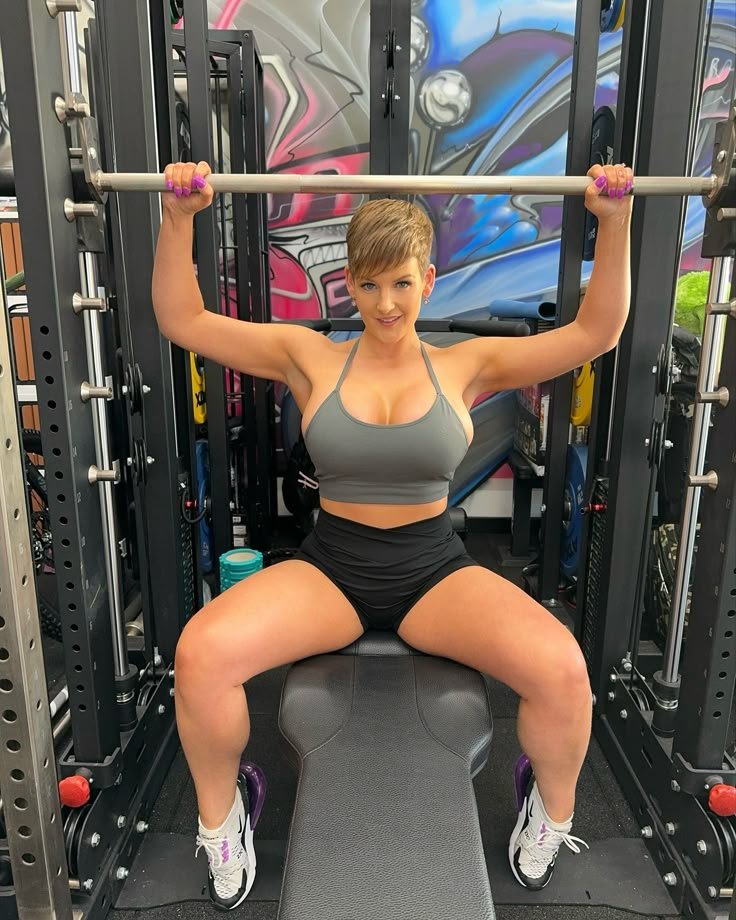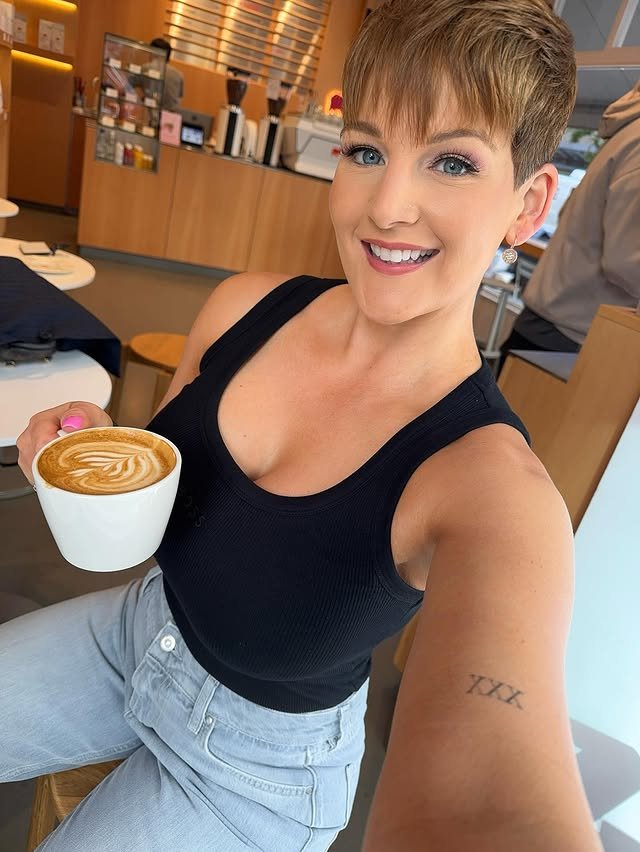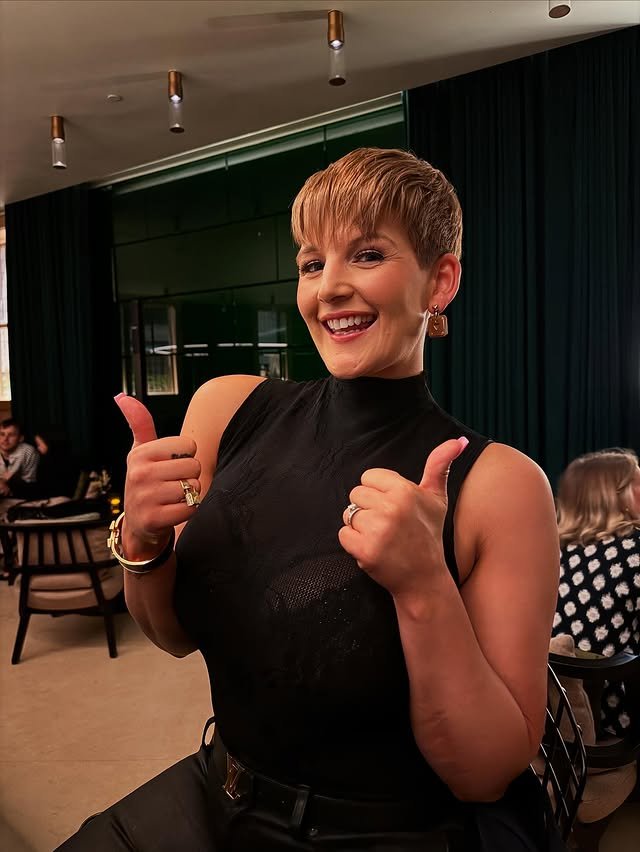
Influencers like Hannah Brooks — who shares travel, fitness, gym and golf content on a public account — build vibrant careers by being visible, adventurous, and health-forward. Her public profile shows a large audience and activity across platforms, which is the new normal for many creators who earn money from travel partnerships, brand deals, content subscriptions, and appearances.
That public life — travel, shoots, gym sessions, outdoor activities, and meet-and-greets — brings opportunities and also very real health risks. This article walks through why health insurance (and related protections like income protection and travel medical cover) should be central to any creator’s business plan, uses the context of Hannah’s publicly visible creator lifestyle to make the case concrete, and delivers a practical checklist creators can use to choose policies that fit the freelance/influencer life. (Note: this article references Hannah Brooks’s public profile and content as examples; it does not disclose private information or make claims beyond her public posts and bio.)
1) The creator’s health risk profile: why influencers are different
Traditional employees often get health, disability and travel cover through employers. Influencers, creators, gig economy workers, and micro-entrepreneurs usually do not. Instead, creators:
- Work irregular hours, often physically demanding shifts on-location (shoots, stunts, travel).
- Travel frequently across cities and countries, exposing themselves to travel-related risks.
- Monetize their image and health (fitness influencers, travel vloggers), so physical incapacity directly hits income.
- Experience mental-health stressors: constant public scrutiny, content pressure, and irregular income, which can lead to burnout or medical needs.
Because an influencer’s “product” is often themselves — their face, voice, movement and availability — a single illness, injury, or burnout episode can reduce content output and income for weeks or months. For people like Hannah, whose content mixes travel, fitness and on-location shoots, these risk factors are especially relevant.
2) Health insurance: basic coverage influencers need
At a minimum, creators should consider the following types of cover:
- Primary health insurance (medical expenses): Covers hospitalisation, surgeries, outpatient care and emergency treatment. This is the bedrock — it prevents medical bills from wiping out savings or forcing loans.
- Critical illness cover: Pays a lump sum if diagnosed with a covered serious illness (e.g., cancer, major organ failure). Useful for costly long-term care and rehab.
- Income protection / disability insurance: Replaces a portion of lost income if you can’t work for an extended period due to illness or injury. For freelancers, this can be the single most important policy because it preserves cashflow while recovering.
- Travel medical insurance / evacuation cover: For creators who travel internationally for shoots, travel content, brand trips or appearances, emergency evacuation and overseas medical cover can be lifesavers.
- Mental health coverage / therapy benefits: Coverage or reimbursement for counselling and therapy helps address burnout and stress-related conditions — an often-overlooked but vital part of an influencer’s toolkit.
- Liability insurance: Professional liability can matter if a sponsored activity leads to a third-party injury (e.g., a fitness class you host). This isn’t health insurance for you, but it protects your business from claims.
Why these layers? Medical bills can be catastrophic, but loss of income is even more insidious: recurring bills, crew costs, rent, and contract obligations still come due even if you can’t create content. Income protection and critical illness cover reduce the economic shock so creators can focus on recovery.

3) Real-world scenarios where insurance protects a creator
Imagine a few plausible influencer scenarios:
- A winter travel shoot goes wrong: a slip on ice causes a broken leg. Hospitalisation, surgery and rehab follow. Primary health insurance covers the surgery; travel medical covers repatriation; income protection covers lost brand time and cancelled gigs.
- An influencer who posts fitness routines develops a chronic tendon injury that limits workouts. Critical illness or long-term disability may pay out; therapy benefits cover mental health fallout from career stress.
- A severe stomach illness while abroad requires emergency evacuation. Without travel medical/evacuation cover, evacuation alone can cost tens of thousands of dollars.
- Mental-health burnout leads to weeks of leave. Therapy benefits and income protection provide financial breathing room while the creator recovers.
These are not hypotheticals — creators routinely post about travel mishaps, health struggles, and rehab journeys. Public creators who prioritize active lifestyles, gym content, or travel content (as Hannah’s publicly visible brand highlights) face elevated probabilities for such events.

4) Choosing the right health policy: features and trade-offs
When creators shop for policies, these are the features to prioritise and understand:
A. Coverage limits and exclusions
- In-patient limits: Check the hospitalisation maximum per year and per event.
- Pre-existing conditions clause: Many policies exclude pre-existing conditions or impose waiting periods.
- Activity exclusions: Some travel or life policies exclude injuries from extreme sports or risky activities. If your content includes adventure activities, ensure those activities are covered.
B. Waiting periods and claim timelines
Income protection and critical illness policies often have waiting periods (e.g., 30, 90, 180 days) before payouts begin. Shorter waiting periods cost more but protect cashflow sooner — creators with low savings should favour shorter waits.
C. Portability and travel protection
For globally traveling creators: ensure international coverage, emergency evacuation and continuity when you move between countries. Some domestic health policies don’t cover long international stays.
D. Reimbursement vs. cash benefits
- Reimbursement policies pay actual medical costs and can require submitting receipts.
- Cash benefits (common in critical illness) provide a lump sum to cover lost income, rehab, or living expenses — often more flexible.
E. Mental health and outpatient benefits
Look for policies that include therapy or outpatient psychiatric consultations. These have become more common but vary widely in limits.
F. Premium affordability vs. adequacy
Creators with variable income might prefer flexible payment schedules or policies that allow premium holidays. However, premium savings shouldn’t come at the cost of inadequate cover.
100% Genuine Typing Jobs Without Registration Fee
5) Income protection: the creator’s safety net
Health insurance covers therapy, surgeries and hospital stays. Income protection ensures you can keep paying bills when you’re not producing content.
Key considerations:
- Replacement ratio: Most policies replace 50–70% of insured income. Creators should calculate an insured amount that preserves essential expenses and business fixed costs.
- Documentation of income: Freelancers must keep tax returns, invoices, and bank statements to prove income at claim time. Keep a tidy archive.
- Own-occupation vs. any-occupation: “Own-occupation” policies pay if you can’t perform your usual role (e.g., creating fitness video content) even if you could do some other job. This is often the better fit for creators whose earning ability depends on a specific skill or persona.
- Term length: Temporary vs. long-term policies: long-term income protection can run until retirement age but costs more.
Creators should treat income protection like business insurance — it’s not just personal safety, it’s protecting the ongoing operation of the brand.
6) Travel medical and evacuation: the creator-on-the-move plan
Hannah and creators like her travel often for shoots and collaborations. Travel medical insurance should cover:
- Emergency hospitalisation overseas
- Repatriation to home country for treatment
- Emergency dental for injury-related issues
- Medical evacuation by air ambulance when local care is inadequate
Buy travel medical cover that matches the itinerary and activities planned — adventure sports, motorised excursions and remote shoots may need special riders or dedicated adventure travel policies.
7) Brand obligations, contracts and insurance clauses
Many brand deals now include contractual clauses about insurance and liability:
- Brands may require influencers to carry public liability or travel insurance when organizing in-person events.
- Contracts sometimes stipulate who is financially responsible for medical care after an incident on a brand shoot — be cautious.
- If you hire crew (photographers, drivers, makeup artists), ensure they have their own insurance, and consider including indemnity clauses in your contracts.
Read brand agreements carefully. Insurance is not optional when third parties are involved; it’s a negotiation point and sometimes a non-negotiable requirement.
8) Mental health: prevention, coverage, and stigma
The creator economy amplifies comparison, feedback loops, and pressure to post. Mental-health coverage (sessions with psychologists, psychiatrists, or therapists) is a crucial but underappreciated area of health planning.
- Seek a policy that covers outpatient mental-health services and, ideally, telehealth sessions (very useful when traveling).
- Preventive care — counselling, coaching, rest — is an investment in long-term content quality.
- Keep an emergency fund aside for mental-health needs that aren’t covered immediately; policies may have waiting periods.
Creators who publicly discuss mental-health recovery (many do) often cite therapy as central to getting back to work — and the economics of recovery are easier to manage with coverage in place.
9) Budgeting for insurance as a freelancer
A practical approach:
- Calculate essential monthly outflow (rent, utilities, crew retainer, equipment financing).
- Estimate average monthly income for the last 12 months (use invoices/tax filings).
- Decide on income protection target (e.g., 60% of essential outflow).
- Shop for combined packages (some insurers bundle health + critical illness + income protection at discounts).
- Prioritize emergency evacuation and inpatient hospitalization first, then add income protection and critical illness as budget permits.
Tip: Many creators treat insurance premiums as a business expense and allocate them in their P&L — this helps justify the cost and keeps them disciplined about coverage.
10) How creators can present insurance to brands and followers
Being insured is not only prudent — it’s also a professional signal:
- Use policy readiness as a negotiation lever in brand deals (showing you carry public liability or travel medical cover removes a friction point for brands).
- Share safe-practice posts (e.g., “I always have travel medical cover before a brand trip”) — this educates followers and positions you as a responsible partner.
- When organizing events or meetups, having insurance reassures attendees and brands.
Hannah’s public content blends travel, fitness and lifestyle — viewers and brands appreciate creators who show responsibility around safety and wellbeing.
11) A practical checklist for creators (downloadable style)
Use this as a quick action plan:
- Get a primary health insurance policy with inpatient cover.
- Add travel medical + emergency evacuation if you travel internationally.
- Purchase income protection (own-occupation preferred).
- Consider critical illness cover for expensive long-term risks.
- Confirm mental-health outpatient benefits are included.
- Keep digital copies of invoices, tax returns and bank statements to prove income for claims.
- Review brand contracts for insurance obligations and negotiate where necessary.
- Create an emergency contact and claims folder (policy numbers, insurer hotline, broker contact).
- Reassess insurance annually or when your income or travel frequency changes.
12) FAQs creators ask about insurance
Q: Can I get coverage if I travel a lot?
A: Yes — look for global plans or add travel medical riders. Some domestic-only plans don’t cover extended stays abroad, so read fine print.
Q: Will insurers pay if my injury happened during a sponsored stunt?
A: Depends on exclusions. If the stunt was risky and excluded, coverage may be denied. Disclose planned activities to insurers and buy specific riders for high-risk activities.
Q: How is income proven for income protection?
A: Taxes, bank statements, invoices, and contracts. Keep clean records; many creators are freelance and must demonstrate history of earnings.
Q: Is mental health covered?
A: Increasingly yes, but coverage limits and session caps vary. Look for policies with therapy benefits and telehealth options.
13) Final thoughts: treating insurance as part of your brand strategy
Health insurance for creators is not just a personal safety net — it’s a business decision. Creators like Hannah Brooks, who publicly travel, work out intensively, and engage in high-visibility activities, carry an elevated set of risks that are both medical and financial. A thoughtful insurance suite protects your health, preserves your income, and signals responsibility to brands and fans.
As the influencer economy matures, professional creators will increasingly treat insurance as standard operating procedure — just like contracts, bookkeeping, and content strategy. If you’re building a business around your presence and performance, protect the one asset you can’t replace: your health.
If you’d like, I can:
- Draft an email template you can send to insurers summarizing your creator activities so they can advise on the right riders and cover; or
- Build a side-by-side comparison table of 6–8 sample policies (you provide the region/country you want quotes for and I’ll list features to compare); or
- Create a short Instagram post copy for you (or Hannah, if collaborating) that promotes the idea of travel safety and insurance to followers.
Which of those would be most useful?
